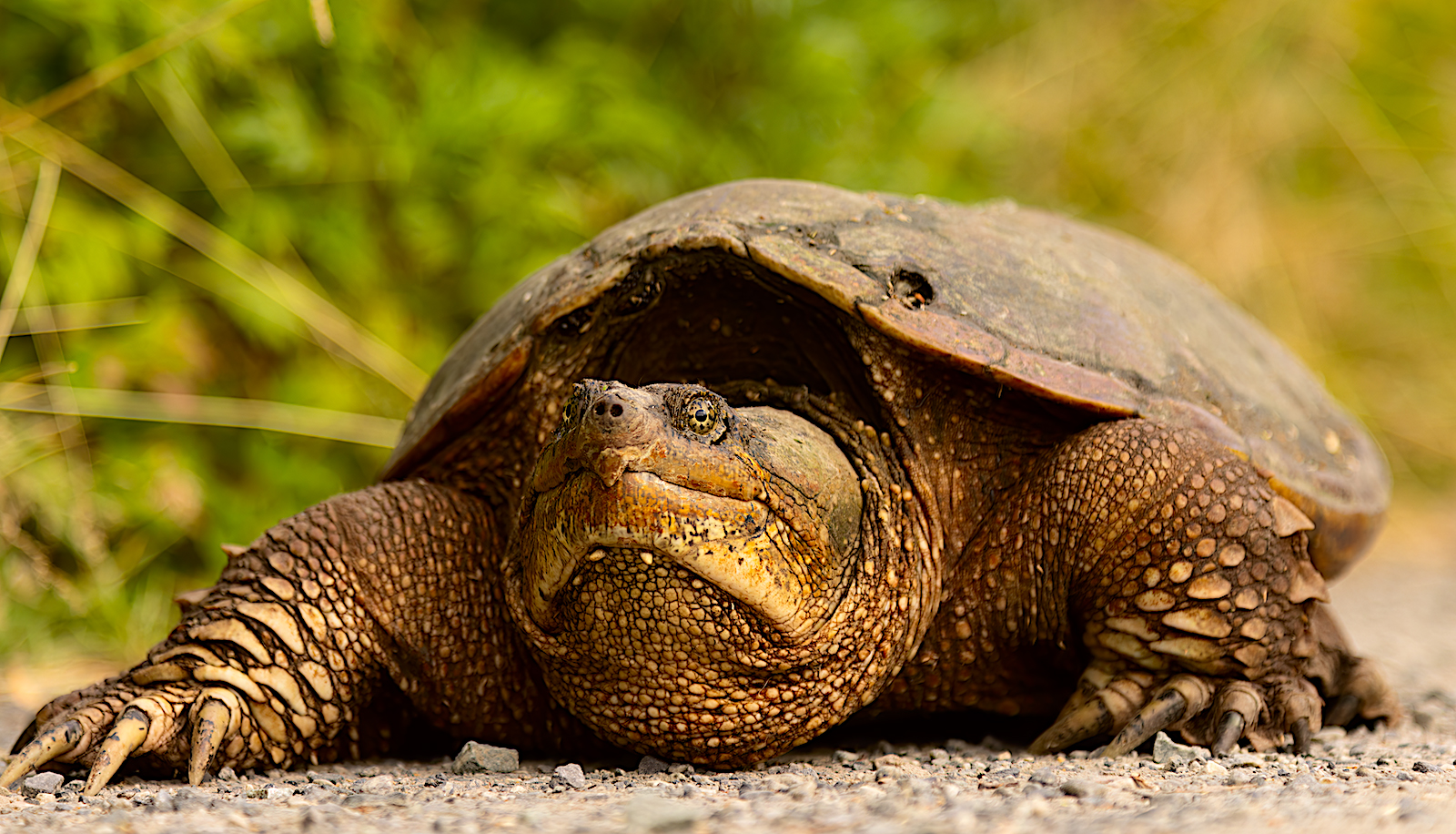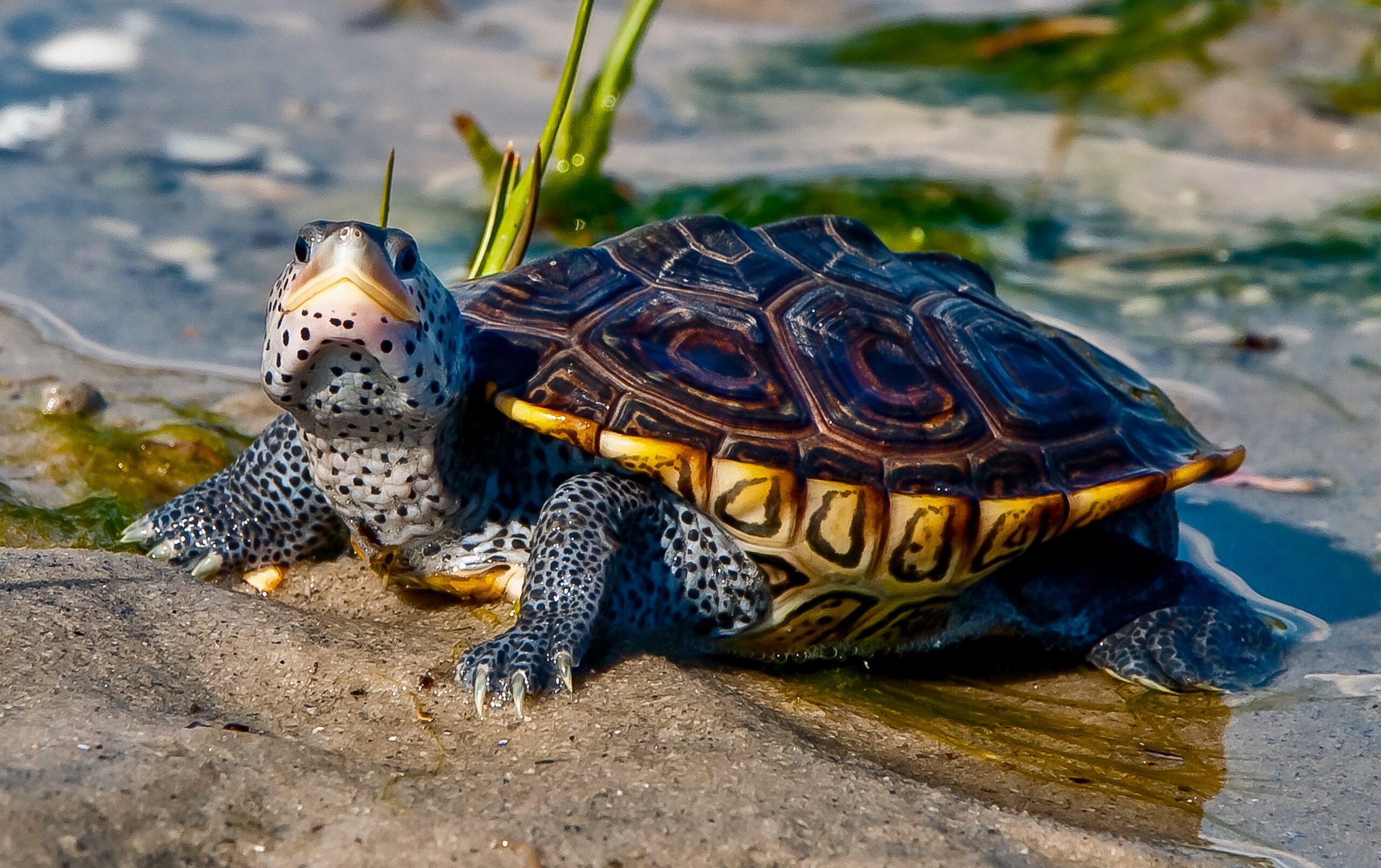
For decades, beachcombers and researchers alike have revered the original publication of Seashells of North Carolina and its multiple reprintings. Now, North Carolina Sea Grant and UNC Press have released a new volume, which we excerpt here.
Meet the Mollusks
Seashells are icons of our North Carolina coast, offering inspiration for art and science. They provide the history of family vacations and ancient communities as well as ecosystems past and present.
The sea provides a natural treasure hunt, as many beachgoers make shell selections based on size, shape, color, or smoothness to later craft them into household decorations and jewelry.
A walk down the beach is never the same once you begin to recognize some of the shells. Gradually you learn to use certain marks that aid in shell identification. The walk becomes more satisfying as you begin to recognize familiar shells as old friends, and it becomes more exciting as you search out and discover new ones.
To that end, this guide was initially produced and recently updated to lead you on a journey of discovery, knowledge, and appreciation.
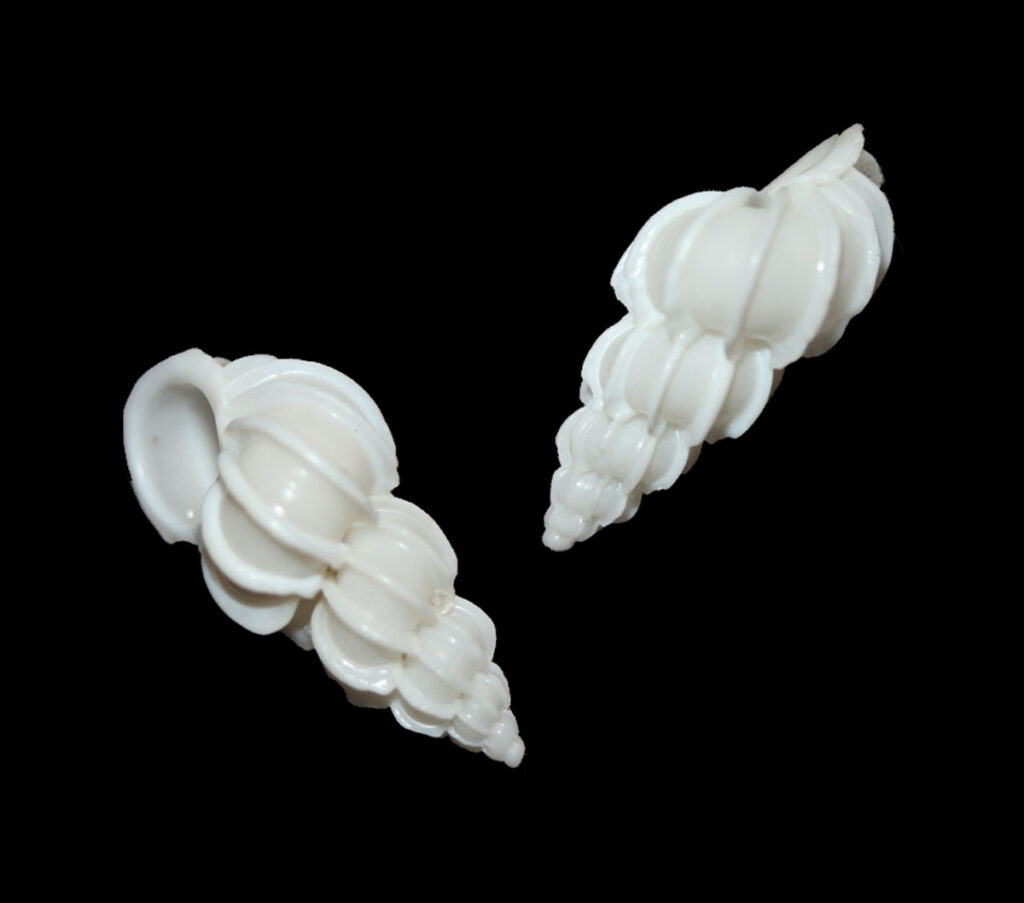
More than 1,000 kinds of mollusks have been reported to live in North Carolina’s estuaries and coastal and offshore marine waters, and most of them produce a shell as they grow.
Mollusks are soft-bodied animals, and nearly all mollusks produce a shell that serves to provide structural support and protection for their soft parts. They create their shells from their mantle, concentrating minerals, mainly calcium, that they have absorbed or consumed from their environment.
The remarkable range of variability and diversity among molluscan shell sizes, shapes, and color patterns is determined by the genetic materials, or the genome, carried within the individual species.
The shells of many mollusks also serve as habitats or substrates for the growth of many other organisms — such as algae, bryozoans, tube-building worms, and corals — that also disguise the surface, color, and shape of the mollusk.
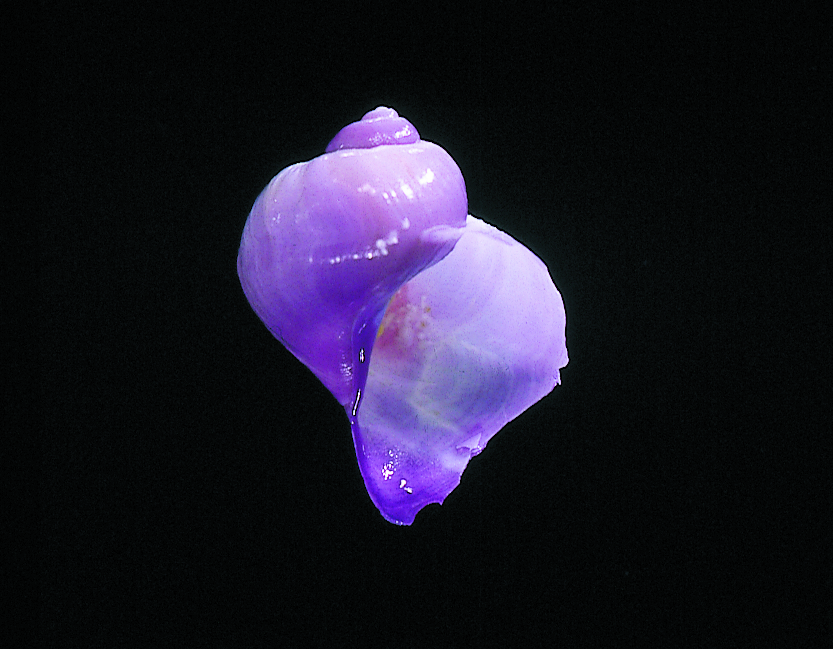
Two Sample Entries
Elongate Janthina
Janthina globosa (Swainson, 1822)
DESCRIPTION: (1 inch) Smooth, fragile shell with about three well- rounded whorls. Large, elliptical aperture. Thin angular lip hangs below whorls. The base of the columella on the inner margin of aperture extends farther downward than in Janthina, forming an acutely angular juncture with the outer lip. No umbilicus or operculum.
COLOR: Top and bottom halves nearly the same shade of violet. Iridescent interior.
HABITAT: Lives suspended upside down from a raft of bubbles on the ocean surface. Occasionally found on ocean beaches after storms.
RANGE: Warm Atlantic and Pacific waters; lives in the Gulf Stream.
NOTES: Also called Globe Violet Snail or Elongate Purple Sea-Snail.
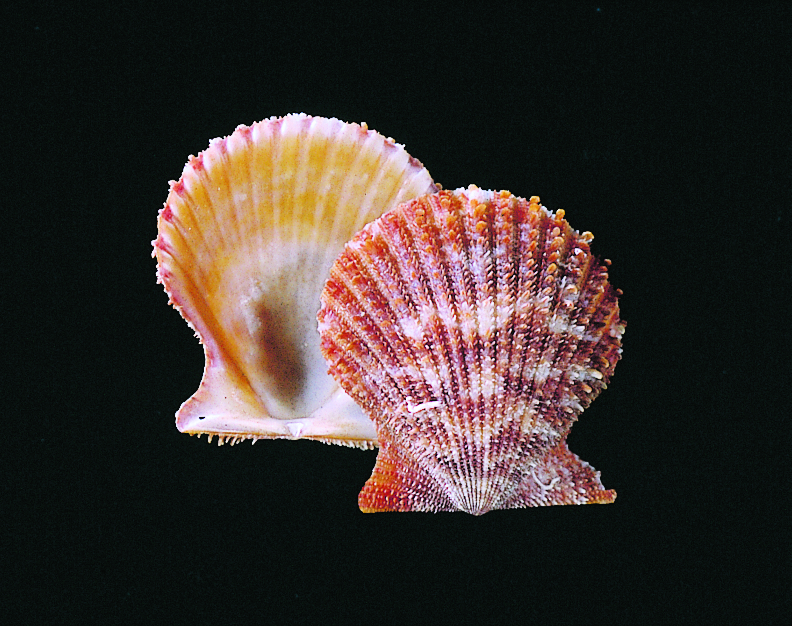
Rough Scallop
Lindapecten muscosus (W. Wood, 1828)
DESCRIPTION: (1¾ inches) Small, scallop- shaped shell. About 20 strong ribs with many erect scales or small spines near the margin. Straight hinge line with ears.
COLOR: Pink to dark red exterior, occasionally mixed with other colors. Sometimes bright lemon yellow.
HABITAT: Lives offshore. Rarely found on ocean beaches.
RANGE: North Carolina to the Caribbean.
NOTES: It was frequently netted as incidental catch in the Atlantic Calico Scallop fishery.

North Carolina Sea Grant developed this new edition of Seashells of North Carolina with partners from the North Carolina Shell Club and the North Carolina Museum of Natural Sciences.
- Categories:
